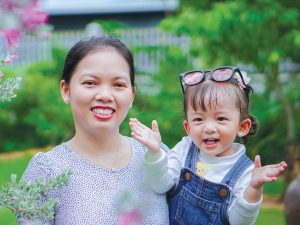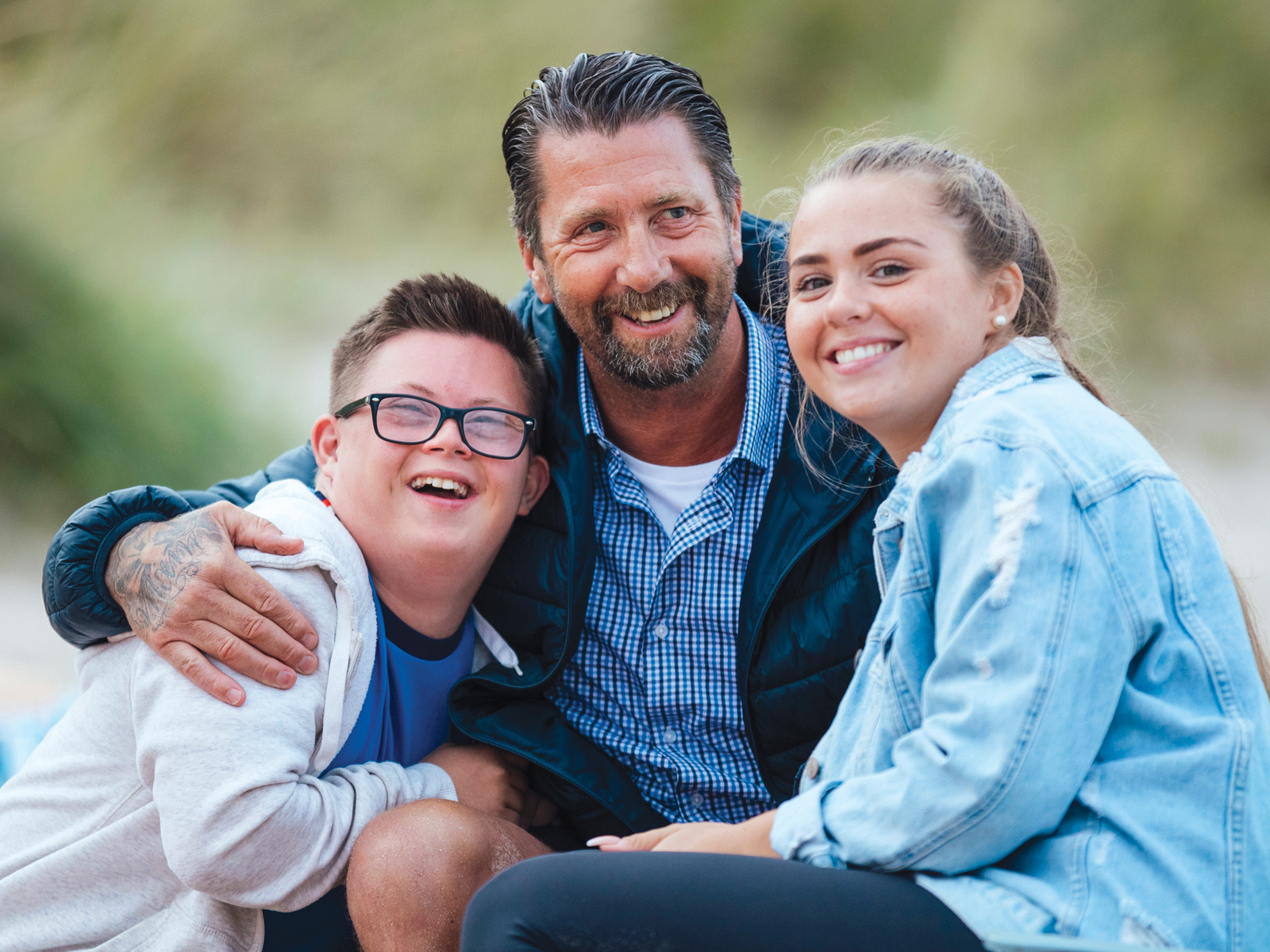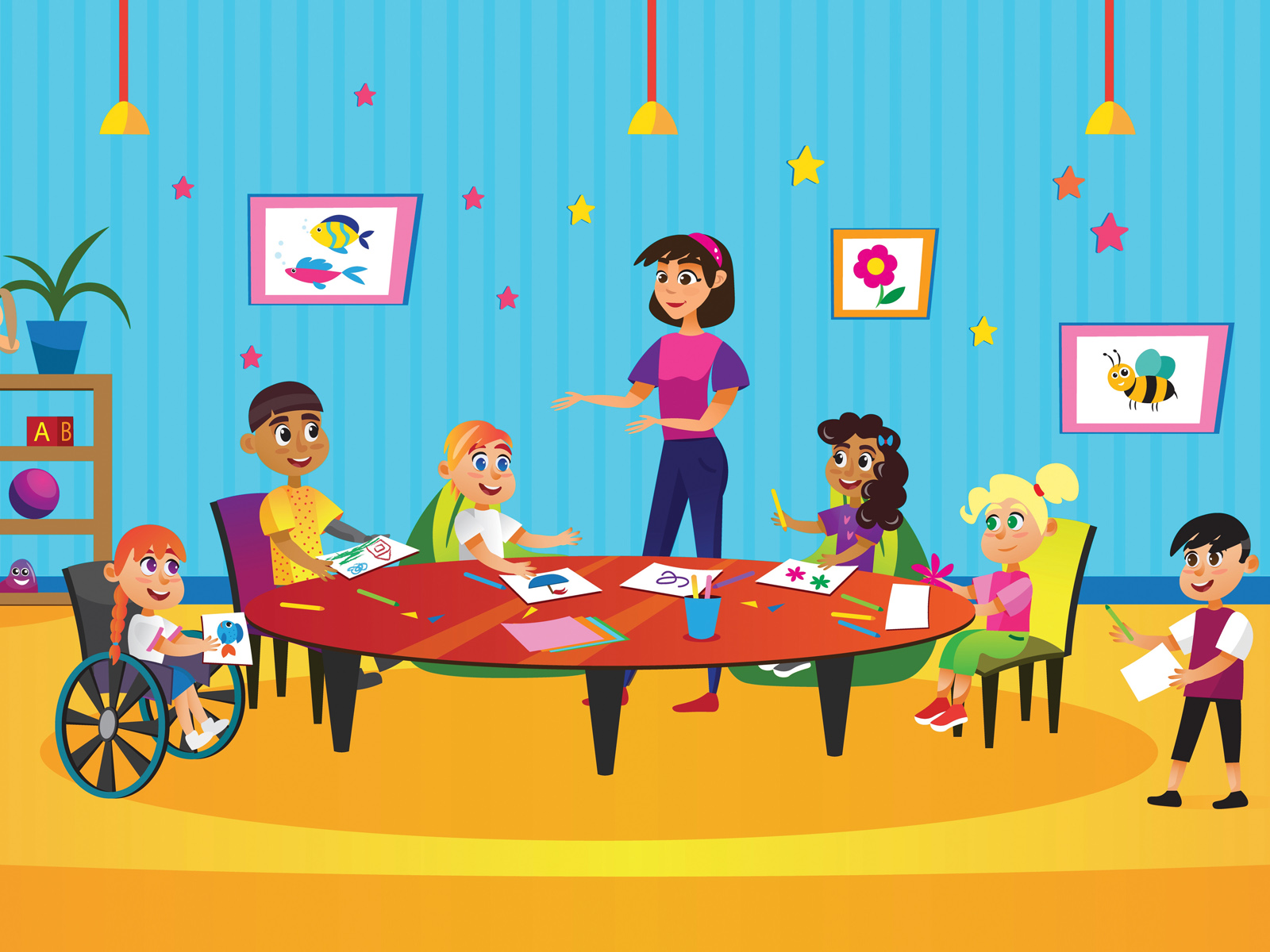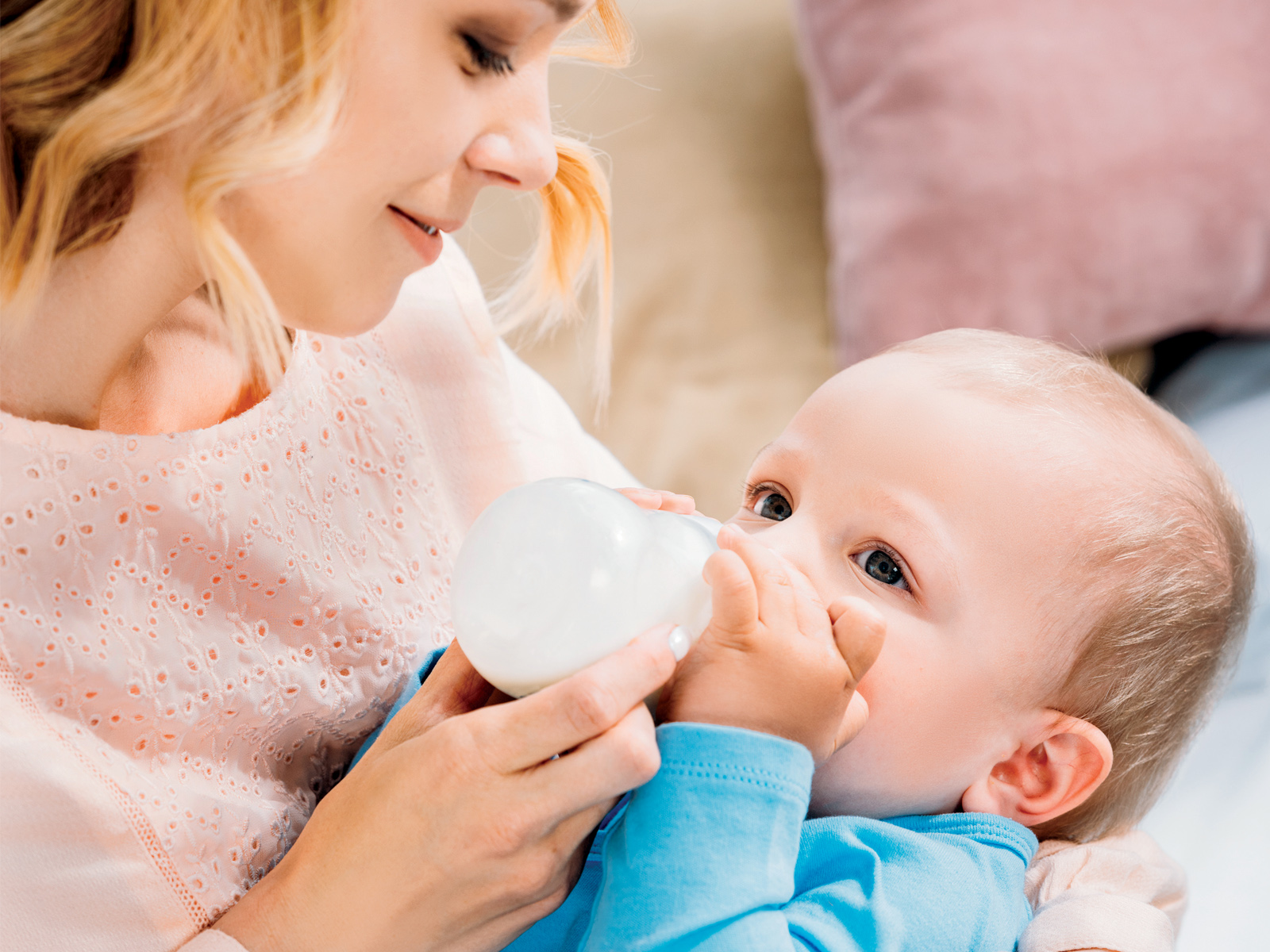Can we actually teach our children how to be mindful, or are we just trying to preserve the inherent consciousness they already seem to have?
By Monisha Vasa, M.D.
In other words, is mindfulness truly taught, or is it simply “unlearned” over time?
I remember watching my children eat when they were four or five years old. If given a cookie, they would delicately turn the cookie over and over in their hands, and study the texture and composition with their eyes. They might inhale the chocolatey scent. All this before taking a single bite. And when they started to eat, they would savour each mouthful, thoroughly enjoying themselves. But the most amazing thing? When their tummies were full, they would put the cookie down and move on, not feeling compelled to continue eating if they were no longer hungry.
I find that young children often already have the inherent knowledge of how to live mindfully—it’s often simply what they do without knowing any differently. They linger on their walks, observing the flowers, turning over rocks, running when their bodies feel like accelerating, spinning around when their hearts feel like turning.
But these days, when I take them on walks, I am aware of the homework that needs to be completed, or bedtime looming. I urge them to hurry. I start to accelerate in my head. If we don’t get back home in time, we won’t finish dinner and homework in time. If dinner and homework don’t get done, bedtime will be delayed. If we miss our window of opportunity for bedtime, they won’t fall asleep. If they don’t fall asleep, they won’t wake up in time for school the next morning. If we are late for school, I will be late for work. And so on and so on until I am spinning into the catastrophic implications for the next day, rather than being present for the walk that we are on in the here and now. With the tension in my body and my rushed voice, I put a screeching halt to searching for roly-polys and blowing the dandelions.
Of course, we have to balance our mindfulness practices with the logistical needs of day-to-day life. But I realize I often start to fall into a pattern of hurrying my kids when hurrying isn’t necessary, rushing them even when we have time. Part of this frantic pace is because our kids are often over-scheduled or over-committed. And part of it comes from feeling frazzled ourselves, and projecting that onto our kids.
So these days, my goal is not necessarily to teach my kids how to be mindful—it’s to get myself out of their way. I try to allow them time to play, to explore, to rest, to breathe…to just be. It’s not easy as they get older and are pulled in multiple directions, as are we. It often feels as if we are juggling a million balls in the air at once and they are all about to come crashing down. But we try our best to honour the time and space for them to just be who they are, because that is when we find their most centred selves emerging. Or perhaps that is when we are most able to notice.
Here are five tips for preserving mindfulness:
Kids may complain of being bored, or you may see them getting restless. It is important for children to become aware of these emotional states and see them through on their own. Consider refraining from stepping in with solutions or ideas. This process helps them learn that they can sit with all sorts of emotions, and that emotional states come and go. Often periods of intense creativity arise from boredom and quiet.
Model mindfulness
Make time for yourself, whether you have a formal sitting practice or try to implement conscious awareness throughout your day, make it a priority. Kids will do what they see us do more than they will listen to what we say. Use your practice as a springboard to discuss setting intentions or cultivating gratitude for the small and big blessings of our lives: “I am grateful for the fact that we are all able to sit down together for dinner today.”
 Ask lots of questions
Ask lots of questions
Ask questions that encourage children to connect to their senses. “What does the air after today’s storm smell like to you?” or “What do you see in those clouds?” Using our senses or being aware of our breathing is a way to connect immediately to the present moment. You can also ask your kids questions to consider other people’s feelings, or their impact on others. For example, “There was a new boy in class today? What do you think that was like for him?”
Manage your expectations
Kids may not always be in the mood to discuss big-picture ideas like gratitude and compassion. Use kid-friendly language and consider bringing up such topics in casual passing, or at night before bed when they are relaxed. Some kids may even be open to short meditation practices such as focusing on their breath or the flame of a candle. It is okay to be brief, or to let it go if they are not receptive at that moment. We are just planting seeds. Even the introduction of mindfulness to their developing minds can be helpful.
Discover compassion
Ultimately, mindfulness is one tool to recognize our interdependence, and to find ways to relate to one another with an open heart. Discover opportunities for kindness and compassion within your family and in the larger community. This could mean involving children in a simple service project, or making it a point to use positive, kind language with those you come across.
Monisha Vasa, M.D., is a board-certified general and addiction psychiatrist in private practice in Orange County, California. She is a graduate of Northwestern University; and completed medical school at the University of Illinois at Chicago College of Medicine; and her psychiatry residency, chief residency and addiction psychiatry fellowship at Cedars-Sinai Medical Center in Los Angeles.














